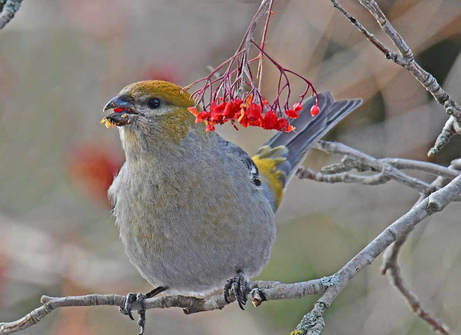 I have spent a few interesting hours over the past weeks watching and photographing birds on mountain-ash trees. Although I’ve known about these ornamental trees for decades, it wasn’t until these photo sessions that I really appreciated how much they brighten up our winter landscape and support biodiversity. Despite the name “ash,” these trees are not related to the ash family, but rather belong to the Sorbus genus of the Rose family. Called rowan in Europe, the species’ mythological and folkloric roots stretch back millennia. Their bitter berries, which contain high amounts of Vitamin C, were commonly used for medicinal purposes and the bark was used to make an astringent. Three cultivars are commonly grown in Alberta: American, European and showy mountain-ash. All grow to moderate heights and are tolerant of a wide variety of growing condition, traits that make them ideal for most backyards. Mountain-ash trees offer beauty throughout the year: their white cluster-like flowers burst forth in the spring and the bright orange or red berries (called pomes) that follow will persist into the fall and winter. Because of their nutrition and persistence, the pomes provide an important food source for a variety of winter bird species. Although Bohemian waxwings are the birds most often see gobbling mountain-ash berries in the winter, many other species will also dine on them. I have seen pine grosbeaks (shown here) and house finches feast on the berries, and a quick reference search indicates that many other species will as well: cedar waxwing, ruffed grouse, common grackle, European starling, American robin, northern flicker, Townsend’s solitaire, purple finch, yellow-rumped warbler, hermit thrush, evening grosbeak. The seeds are indigestible, so birds are responsible for “planting” mountain-ash trees far and wide. Mountain-ash berries are subject to fermentation if they freeze and then thaw. Not surprisingly, there have been many reports of inebriated birds staggering about and flying erratically after consuming fermented mountain-ash berries. Despite this risk, I highly recommend planting a mountain-ash tree or two if you would like to attract winter birds to your yard. |
AuthorMyrna Pearman Archives
August 2022
|
All photos and published works on this website are copyright Myrna Pearman unless otherwise noted.
Re-posting these images or publishing is not permitted without Myrna's written consent.
Copyright Myrna Pearman Publishing 2024- Site design and maintenance by Carolyn Sandstrom
Re-posting these images or publishing is not permitted without Myrna's written consent.
Copyright Myrna Pearman Publishing 2024- Site design and maintenance by Carolyn Sandstrom

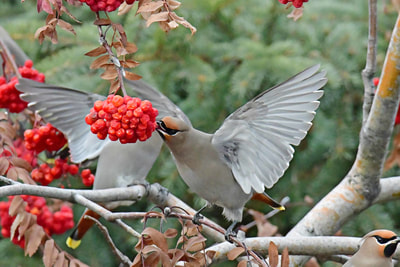
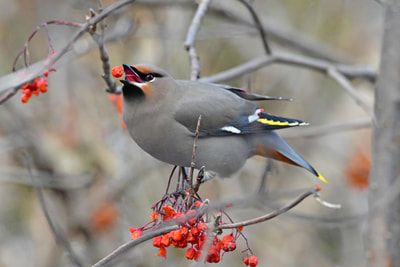
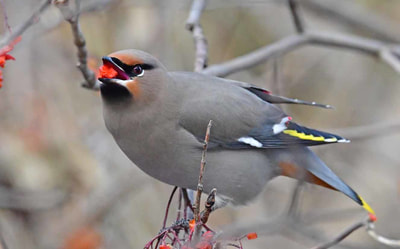
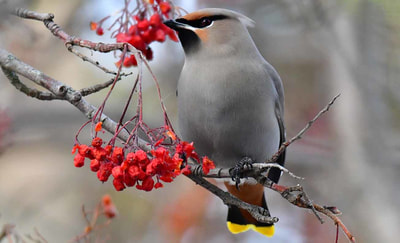
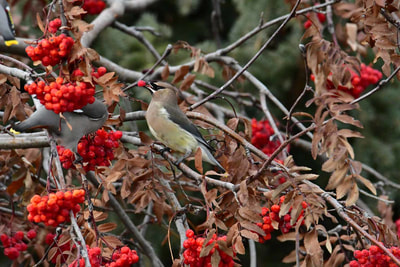
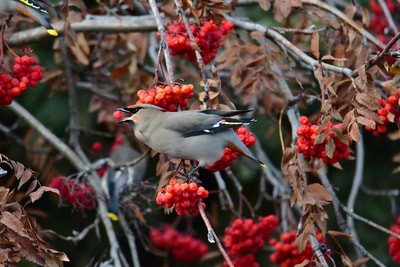
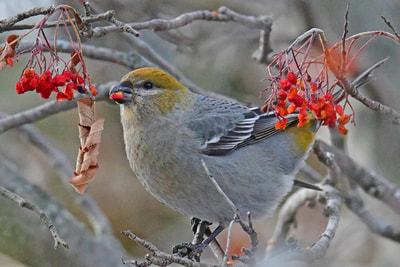
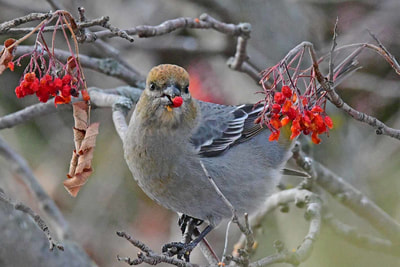
 RSS Feed
RSS Feed



21/12/2017
0 Comments